Have you ever wondered why we feel attracted to videos and stories?
The reasons why you should use video and storytelling for your business.
This content is part of a talk I’ve been invited to give to students at Digital House, a digital school.
Are you using video?
Is your digital agency, company or small business using video as a marketing tool?
If so, I will cover here some of the reasons why this is the most powerful tool for communicating, and how to get the most out of it.
If you haven’t ever used video, I think you’ll be doing yourself a big favor by starting now..Because, believe me, it can take your business to the next level.
In fact, we are not just talking about likes, engagement or fun.
It’s all about more conversion, more retention, and thus, more income.
Some basic stats
Let’s start with convincing and proven facts to understand the impact of online video (Source: Marketinghy.com)
- By 2019, global consumer Internet video traffic will account for 80% of all consumer Internet traffic
- Facebook generates 8 billion video views per day on average
- YouTube reports that mobile video consumption is rising by 100% every year
- 55% of people watch videos online every day
- Social video generates 1200% more shares than text content and image content combined
- 90% of users say that product videos are helpful in the decision-making process
- Including a video on a landing page can increase conversion rates by 80%

The Play button is the most clicked CTA on the internet
In e-mail marketing we also know that by simply adding the word “video” to the subject we can get:
- +19% Open Rate
- +65% Click Rate
- -26% Unsubscribes
That’s to say that there is something happening in our brains while watching a video that is crucial to defining the decision-making moment for purchases.
Why do we watch videos?
1. “JUST BECAUSE”
There is something crazy about video that can’t be rationally explained. Think about what happens with viral videos.
We all want to have the next viral video that’s watched by millions of people.
Our clients ask us to create it, but it’s certainly impossible to do by following magic formulas or recipes. It’s unpredictable.
Take “The Nyan Cat” as an example.
A simple gif animation of a pixelated cat looping for more than 3 minutes with a rainbow tail and a 16-bit music track.
It went viral in 2011 with more than 150 million views. What’s more, it’s one of the top 5 most viewed YouTube videos and there is a Wikipedia article about it.
The marketer dream, but unlikely to replicate.
2. CURIOSITY
Speaking of cats, “Curiosity killed the cat”.
When we see something that moves, it simply grabs our attention – we want to know what’s going to happen next.
That’s why the narrative of a video is so important. How can I maintain the viewer’s attention from one second to the next?
A while back, I took a short online video copywriting course. The teacher said: “the only purpose of the title is to make you read the subtitle. And the subtitle should make you read the first sentence of the paragraph, and so on.
With video it’s almost the same – seconds are crucial. We scroll through videos on our cellphones, discarding and selecting which ones we will pay attention to in a matter of seconds.
(giphy.com)
3. OUR BRAINS LOVE STORIES
A single video is not as powerful as a video with a story.
I’ve learned that in order to capture people’s attention, there is nothing better than to start by saying,“let me tell you a story”. It’s like a magnet for our brains.
For instance, the first words of Steve Jobs’ speech to the Stanford graduates were “I just want to tell you three stories”

In the Book “Creativity, Inc.: Overcoming the Unseen Forces That Stand in the Way of True Inspiration”, Ed Catmull talks about how the story is the main ingredient that Pixar invests the majority of its efforts into.
More than technique, design, animation, etc.
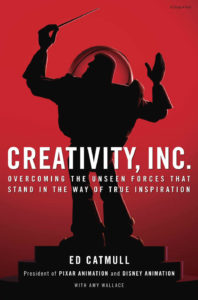
Tyler DeWitt, a science teacher, encourages everyone in his TED talk (“Hey science teachers — make it fun“) to take a camera and record a video that starts off with: “let me tell you a story”
STORY VS. DATA, the story of Sandwich

I recently read this awesome example that illustrates the power of storytelling as a communication tool (source: buffer)
Did you know that in 1748 the British politician and aristocrat, John Montagu, the 4th Earl of Sandwich, spent a lot of his free time for playing cards? One of the problems he had was that he greatly enjoyed eating a snack while keeping one hand free for the cards.
So he came up with the idea of eating beef between two slices of toast, which would finally allow him to eat and play cards at the same time.
His newly invented “sandwich”, the name for two slices of bread with meat in between, became one of the most popular meal inventions in the western world.
Now you probably won’t ever forget the story of who invented the sandwich. Or at least you’ll be much less likely to do so than if it had been presented in bullet points or another purely information-based form.
This happens because when we listen to (or watch) a story, our brains activate with many more areas lighting up than if we had just received hard information in bullet points.
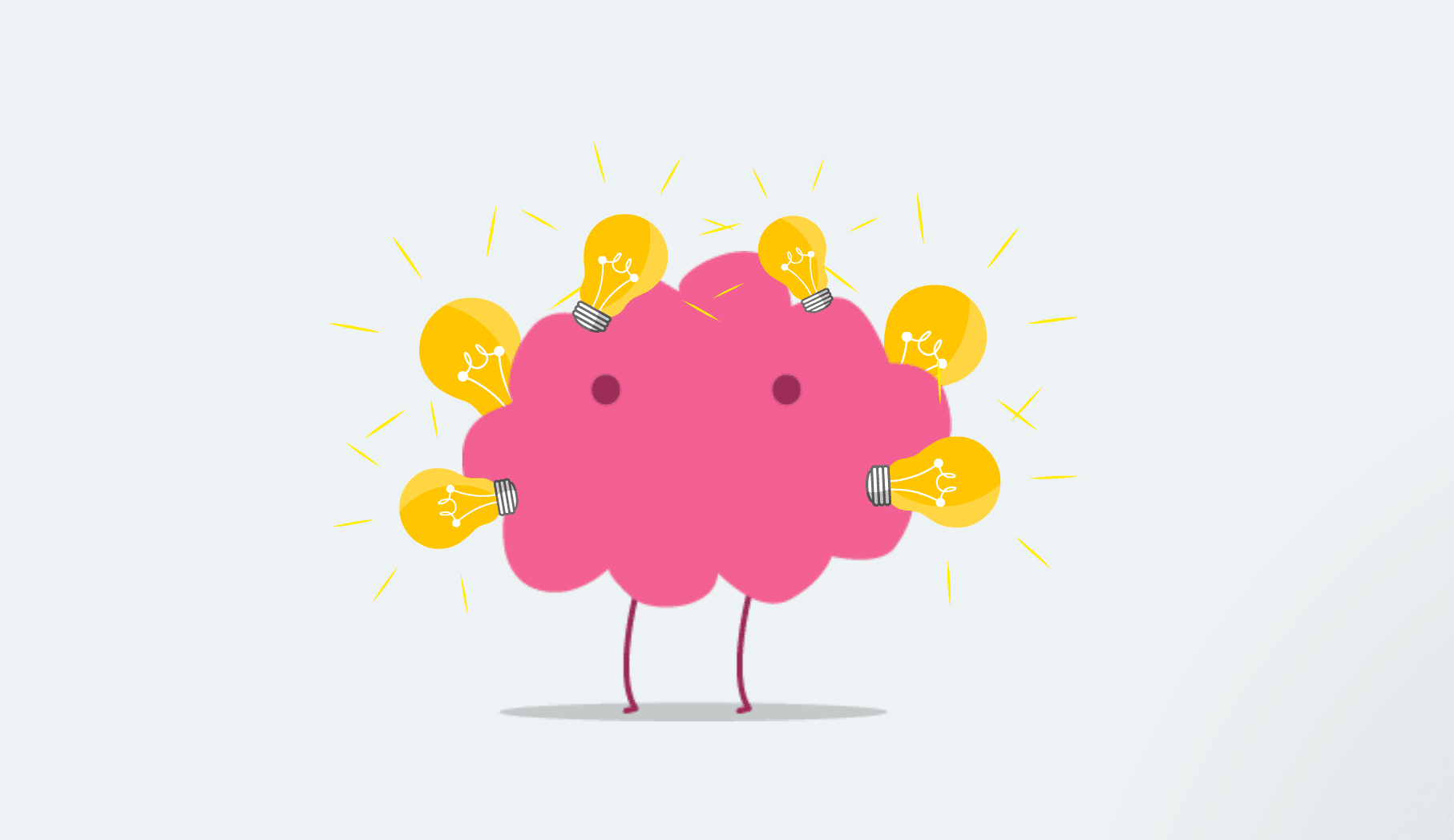
Empathy
Professor Uri Hasson and his team at Princeton University could prove that when a story is told both speaker and listener present similar answer patterns in the same regions of their brains.
He calls this “Neural Coupling”, and he says that it’s almost as if they were on the same wavelength.
Just by telling a story, he says, the speaker? could plant ideas, thoughts and emotions in the listener’s brain.
This is because the listener’s brain responds to stories as if they were actually happening to him or her.
Consequently, through metaphors, we can touch the other by using his/her personal experience.
The brain searches for references based on one’s own past experiences, shortcuts…and the brain loves shortcuts.
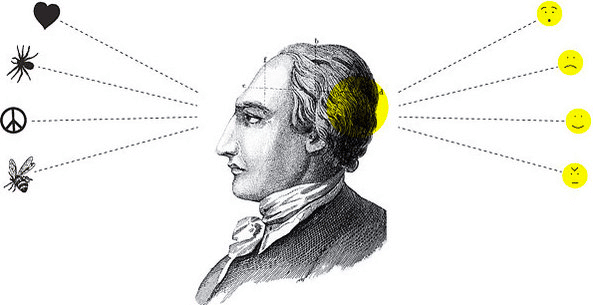
http://sublimebehavior.com/knowledge/habit-lens/tag/zmet/
Stories can change our brain’s chemistry
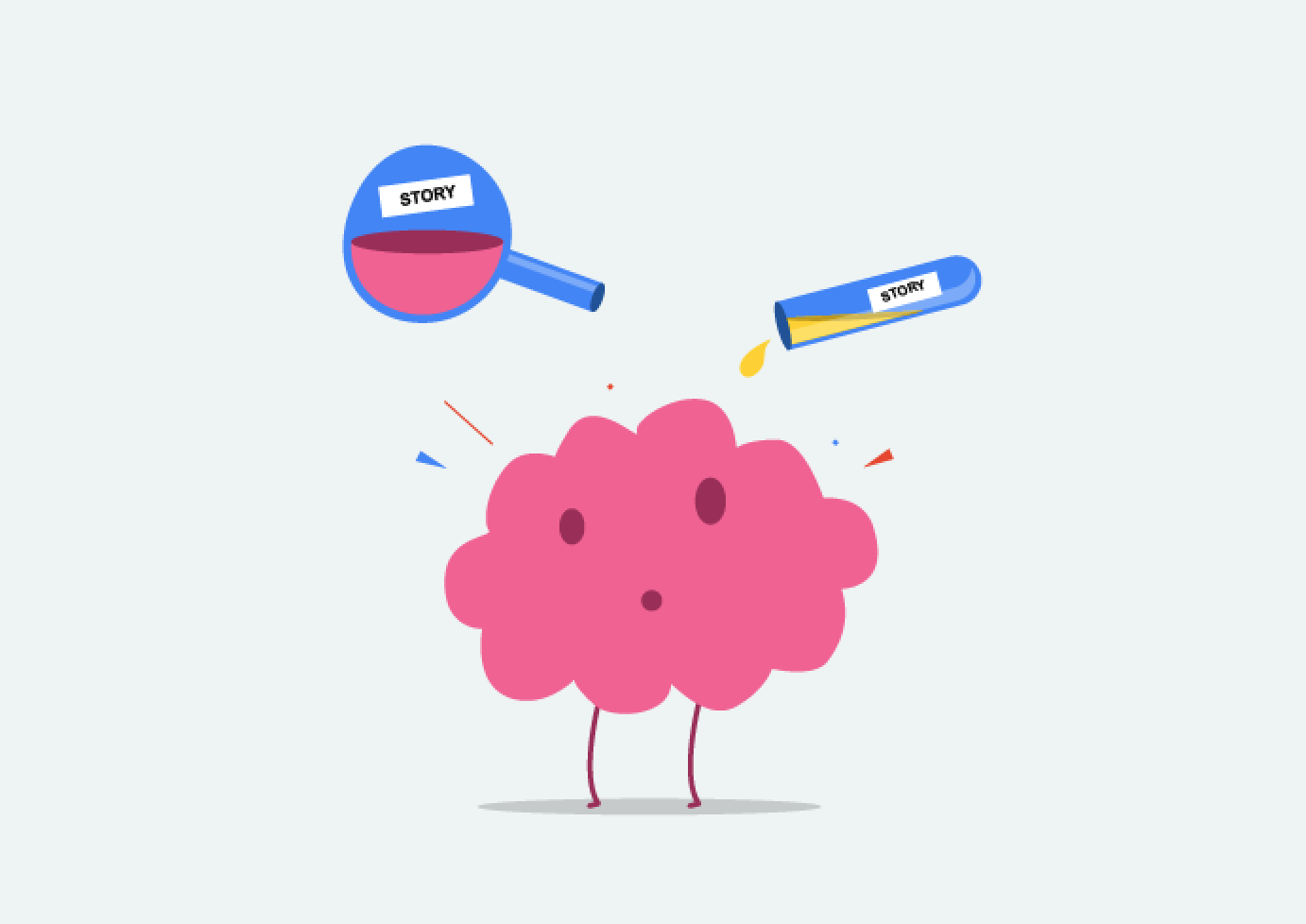
Some years ago a neurochemical called Oxytocin was discovered, which seems to be key for our mind to think, among other things, that “it’s safe to get closer to what’s in front of me”.
It’s produced when we behave in a kind or trustworthy way, and it motivates cooperation with others.
It’s produced when we behave in a kind or trustable way and it motivates cooperation with others.
Recently, the Harvard neuroscientist Paul Zack wondered if he could hack the oxytocin system to motivate other people to cooperate between themselves.
To prove this, he tested whether a video rather than a face-to-face interaction narrative could make the brain produce oxytocin.
They could see and predict that those who had seen stories with characters were willing to make monetary donations to the charitable institutions related to the story.
Our senses and video
One of the key reasons why video is so powerful as a communication tool is that it contains a multi-sensorial message.
With video, we can transmit not only hard information or pure data but also emotions, stimulating more senses.
Even the sense of smell is starting to be evoked in Virtual Reality experimentations, increasing the impact of the experience.
What’s more, some companies are developing their own brand of perfume. This makes total sense, since smell the sense that most quickly connects with emotions and memory.
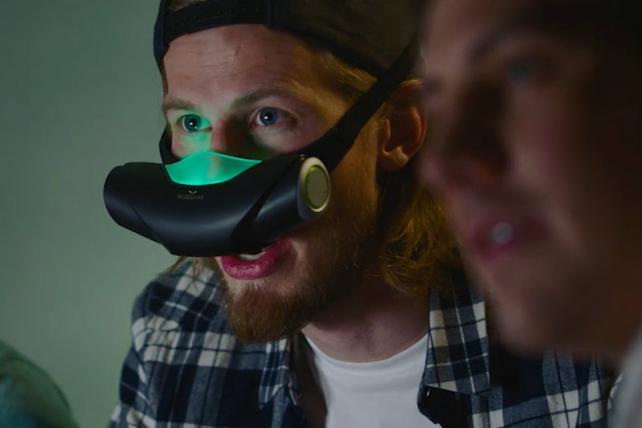
EYES
There is a huge advantage when we communicate with visual elements.
70% of our sensory receptors are located in our eyes and 90% of the information sent to our brain is visual.
Images are processed by our brains 60 times faster than texts. So, I stopped saying “A picture is worth a thousand words” because “a picture is worth more than 60,000 words” ;p
Another interesting fact is that texts are stored in our short term memory while images go straight to our long term brain hard drives.
Finally, when we recognize objects like an image or a shape it’s because we’ve previously learned to distinguish it beginning in the first years of our lives.
If the brain knows an element, it’s much easier to see and identify it. Our brains love these kinds of shortcuts, using previously acquired information to come to conclusions more quickly.
Colors
For some reason, our brains associate certain colors with specific emotions.
For instance, some researchers show that looking at the color red, can turn you into a bull :P.
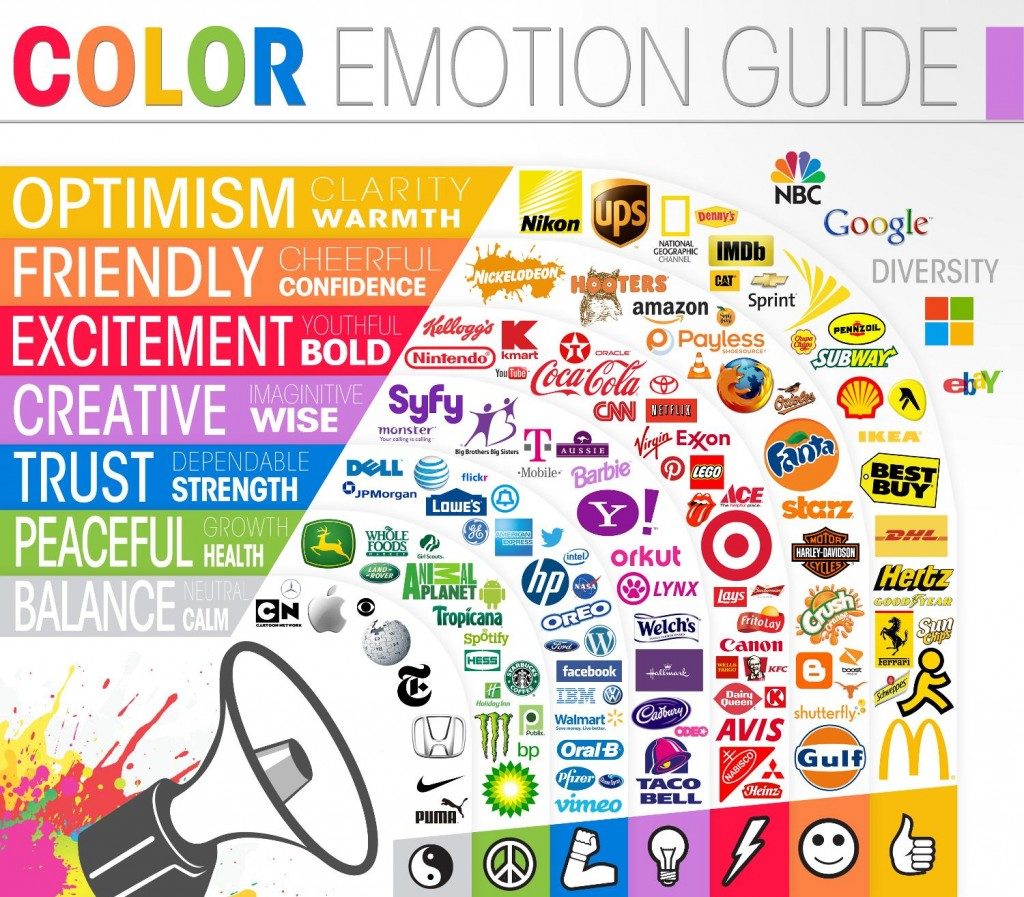
This graph shows a color categorization based on what common emotion each color transmits to people, and how brands use this information.
Sounds
Sound also plays a very important part in our emotional stimulation.
If we listen to the famous music from the classic movie, “Shark”, we will know in advance that we are in trouble because the shark is coming. Something similar happens with the music played when Darth Vader appears.
So, we can narrate the things that are not on screen yet, which is another very powerful resource to enrich our videos.
The more brain sectors we stimulate, the better our video will perform.
Video keeps growing
Everyday we have new indicators of the continuous growth of video as an effective tool (you can read more about new (you can read more about new 2018 video trends here)
Recently, LinkedIn launched the video feature allowing brands to get closer to consumers. Facebook now allows to use a video as a cover on fan pages, which makes it look much more engaging.
I hope this article gives you enough reasons to start testing new video marketing strategies to make your business grow.
For extra information about our templates go to Presentation Video Software or to Make Corporate Videos
Agus
Wideo Co-Founder & Head of UX/Design







